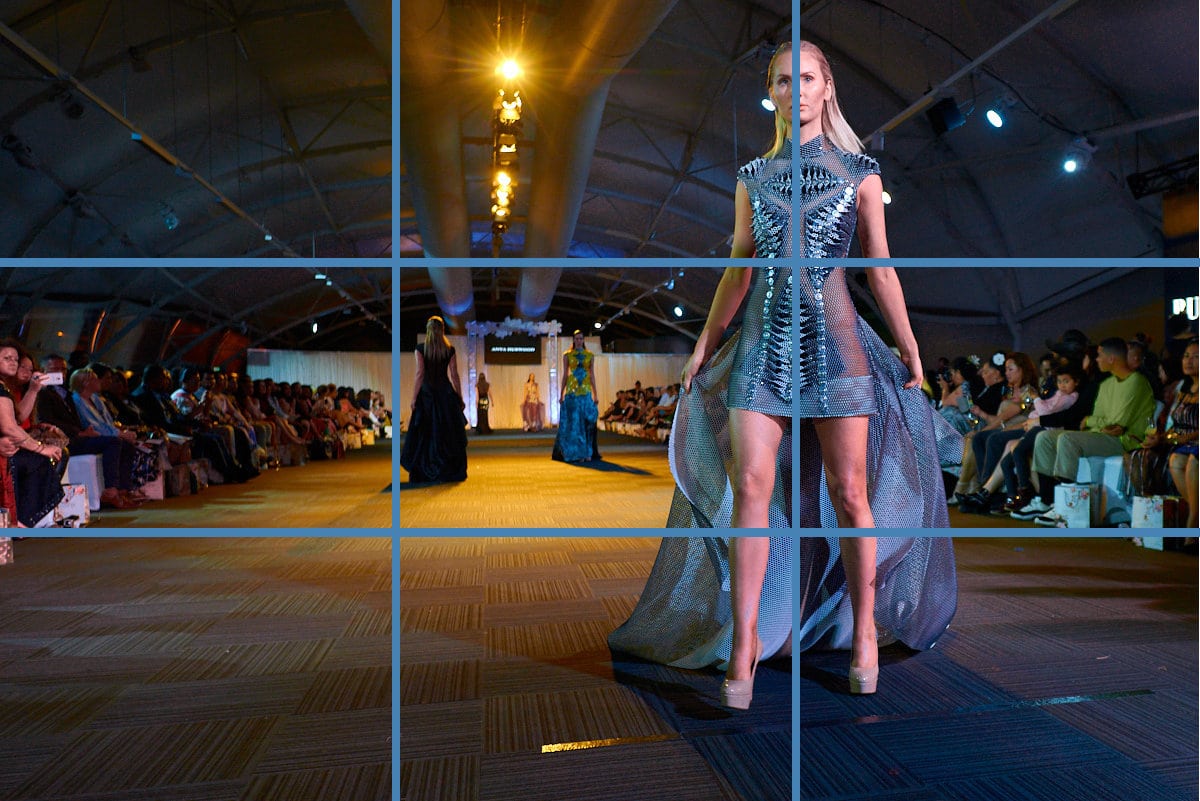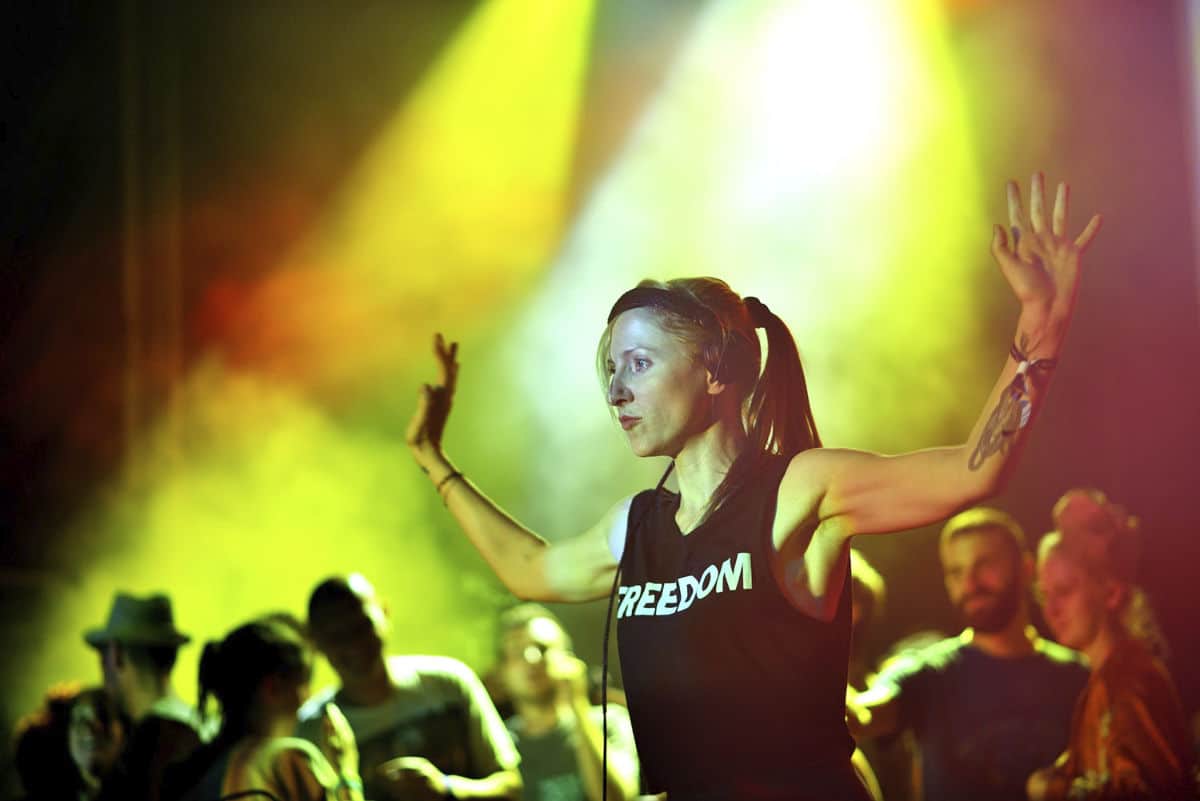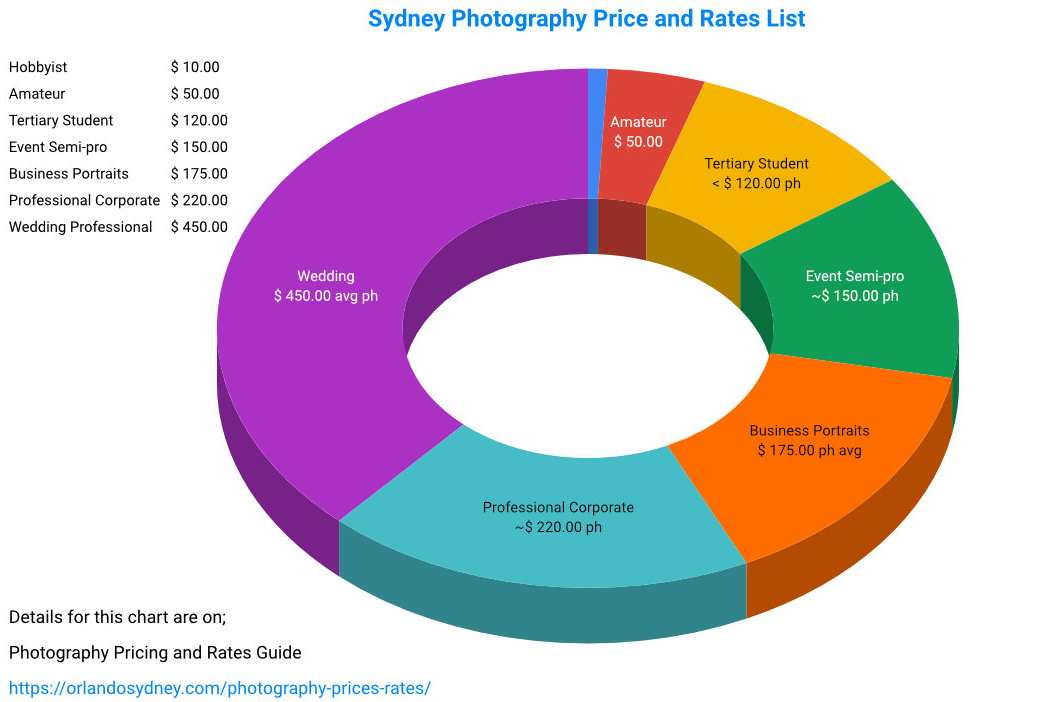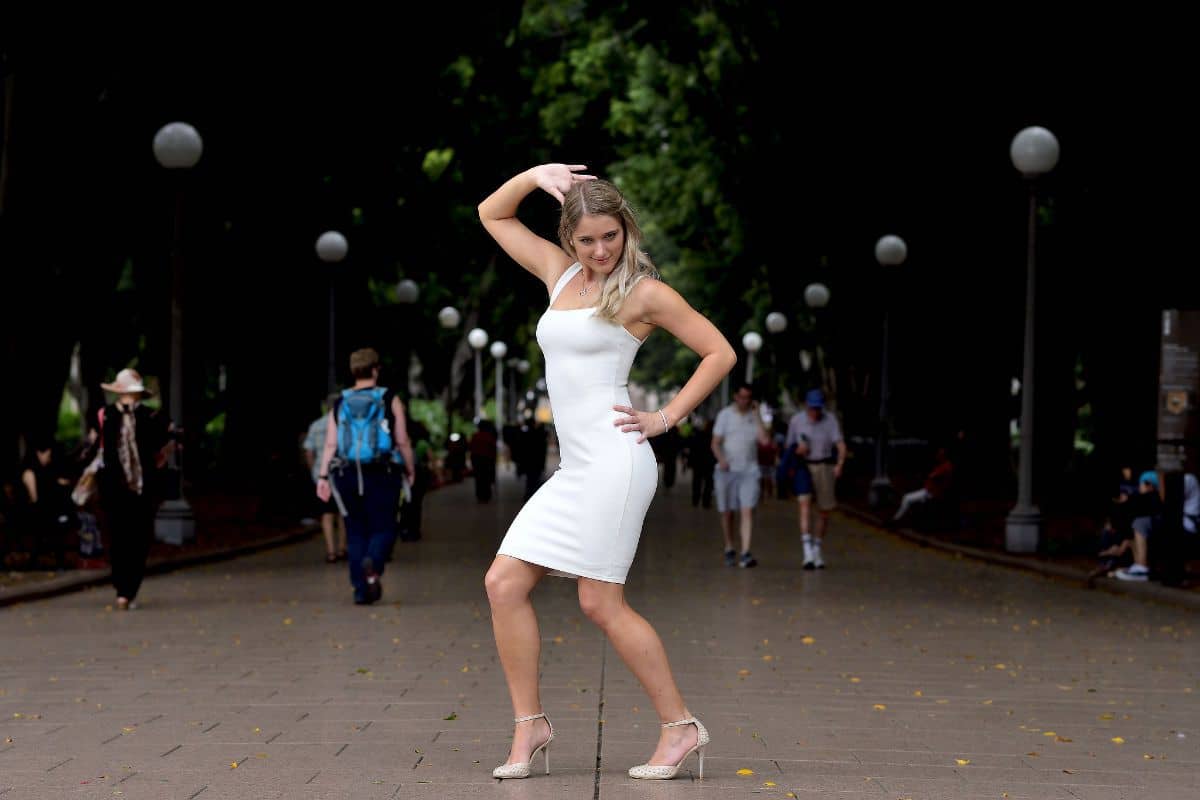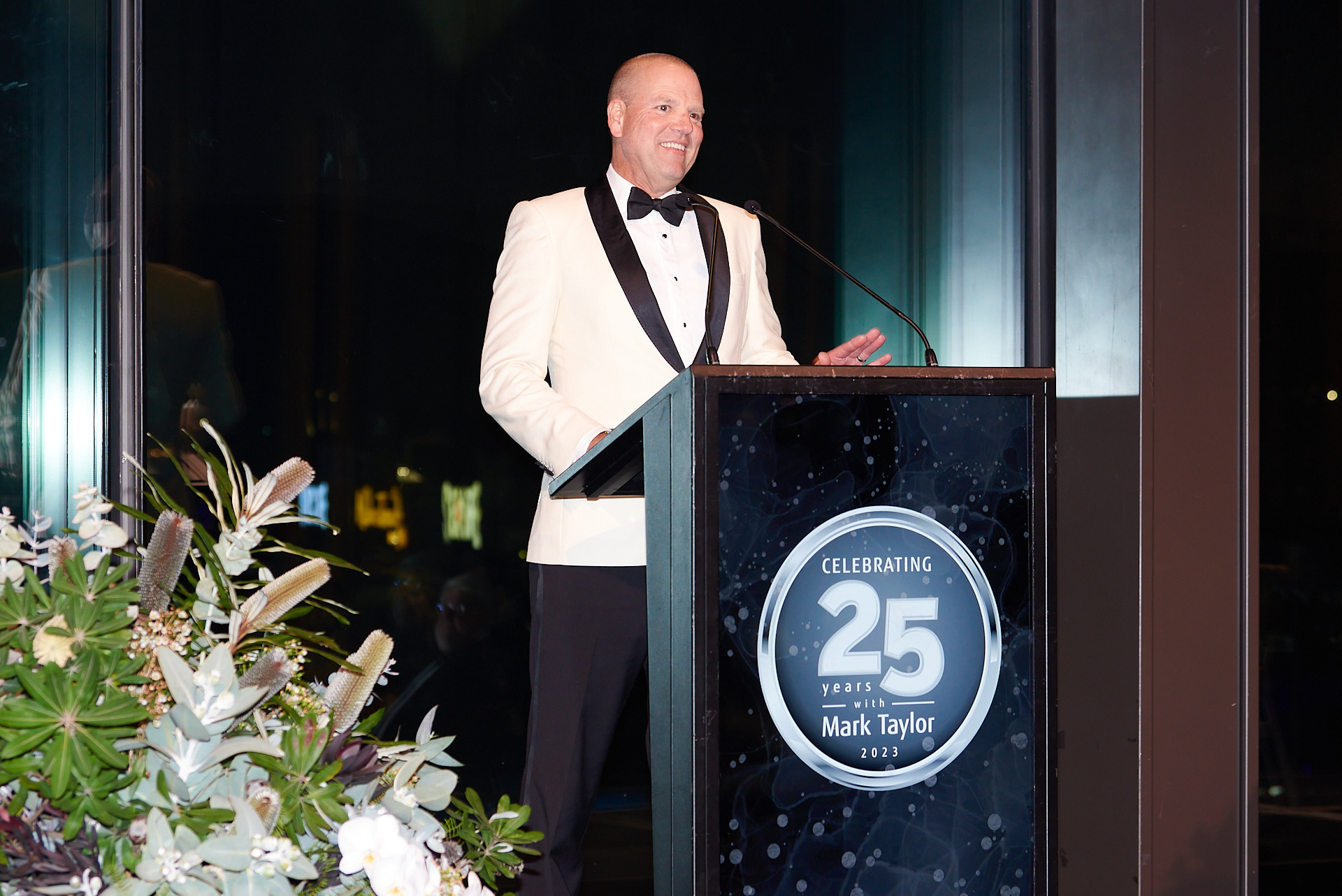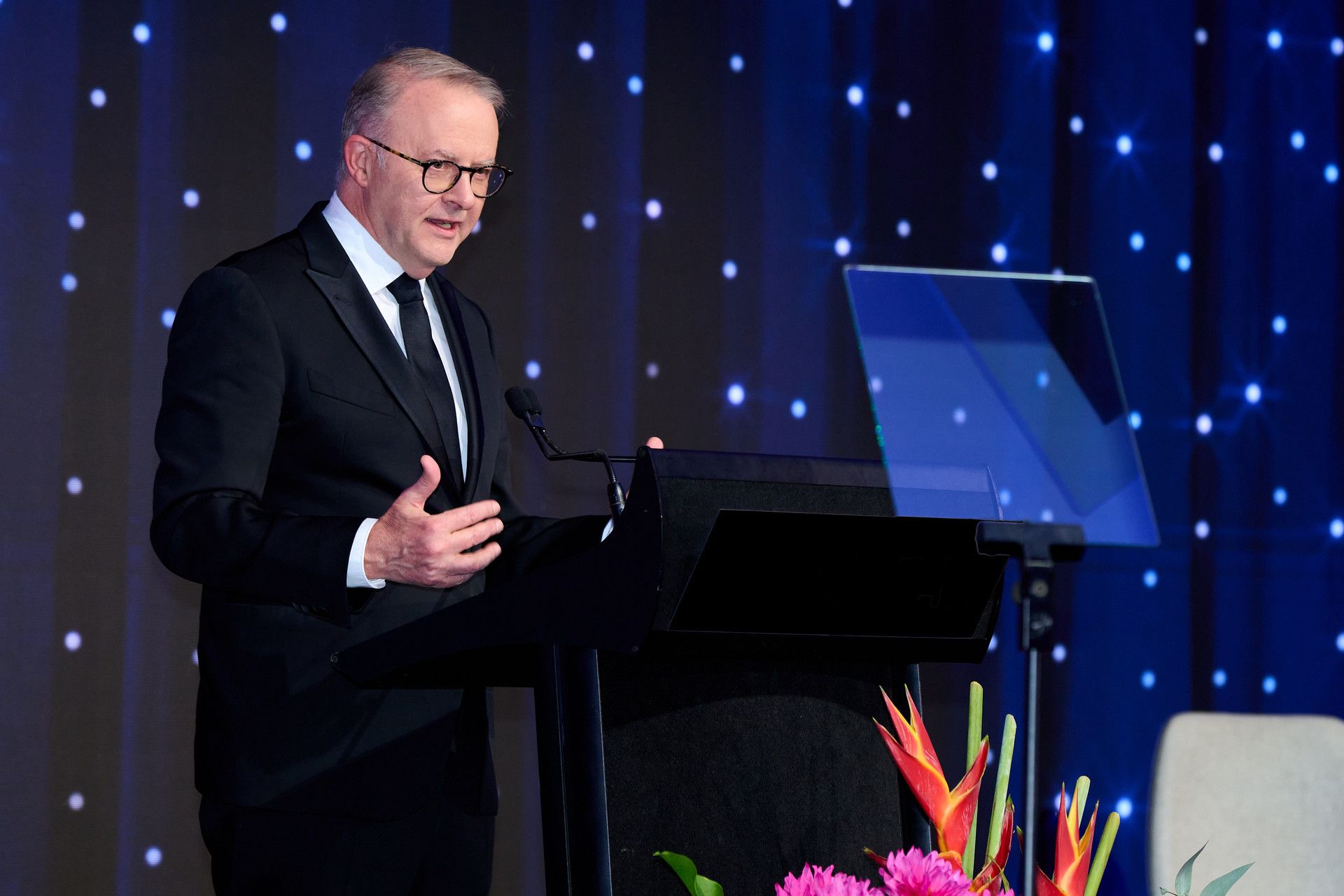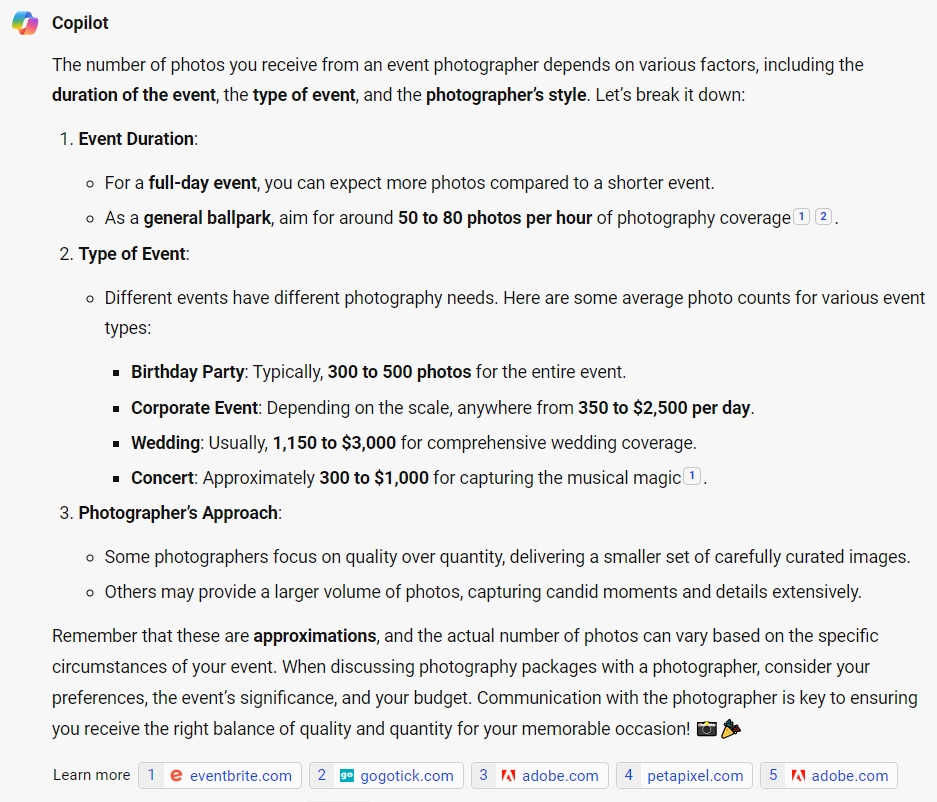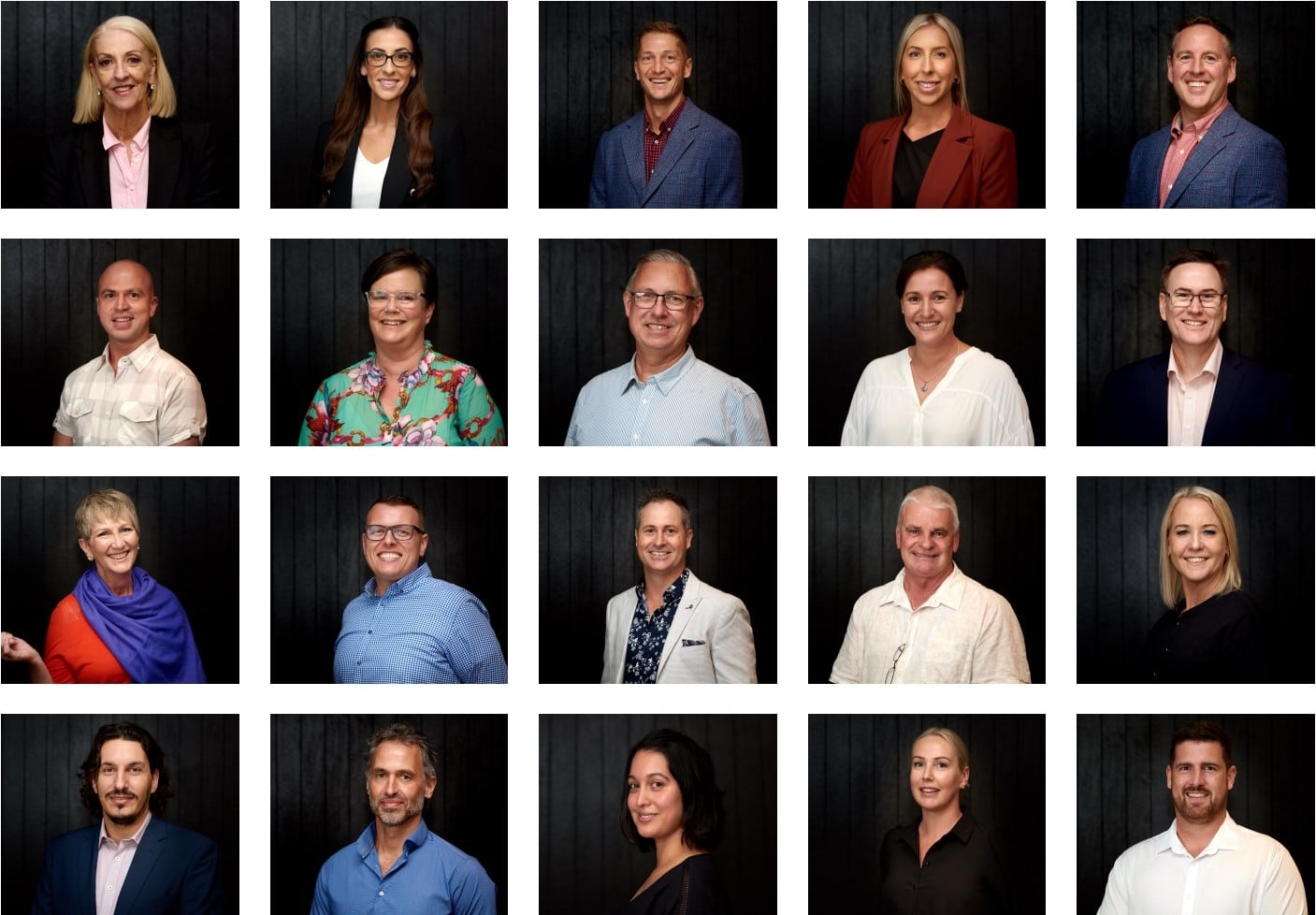Storytelling Photography Tips & Examples
How To Create Photos To Tell An Effective Visual Story
Techniques in Telling Visual Stories
Storytelling is a technique used by many advanced photographers.
For example, experienced event and wedding photographers use the storytelling method all the time when shooting and culling photos to make an album that’s got a coherent and consistent message.
In our article about the rules of compositions in photography, we compared a photograph to a movie and used a movie illustration to shed more light on photography compositions. In this article we’ll be expanding on that theme further and talking about another trait that photographs share with movies, Storytelling.
If you’re a photographer that’s just starting out, it’s usually best to concentrate on the fundamentals of good photography such as composition, camera settings, and lighting, images processing first.
For those ready to dive into the detail and use good techniques to get your photo to tell an effective visual story.
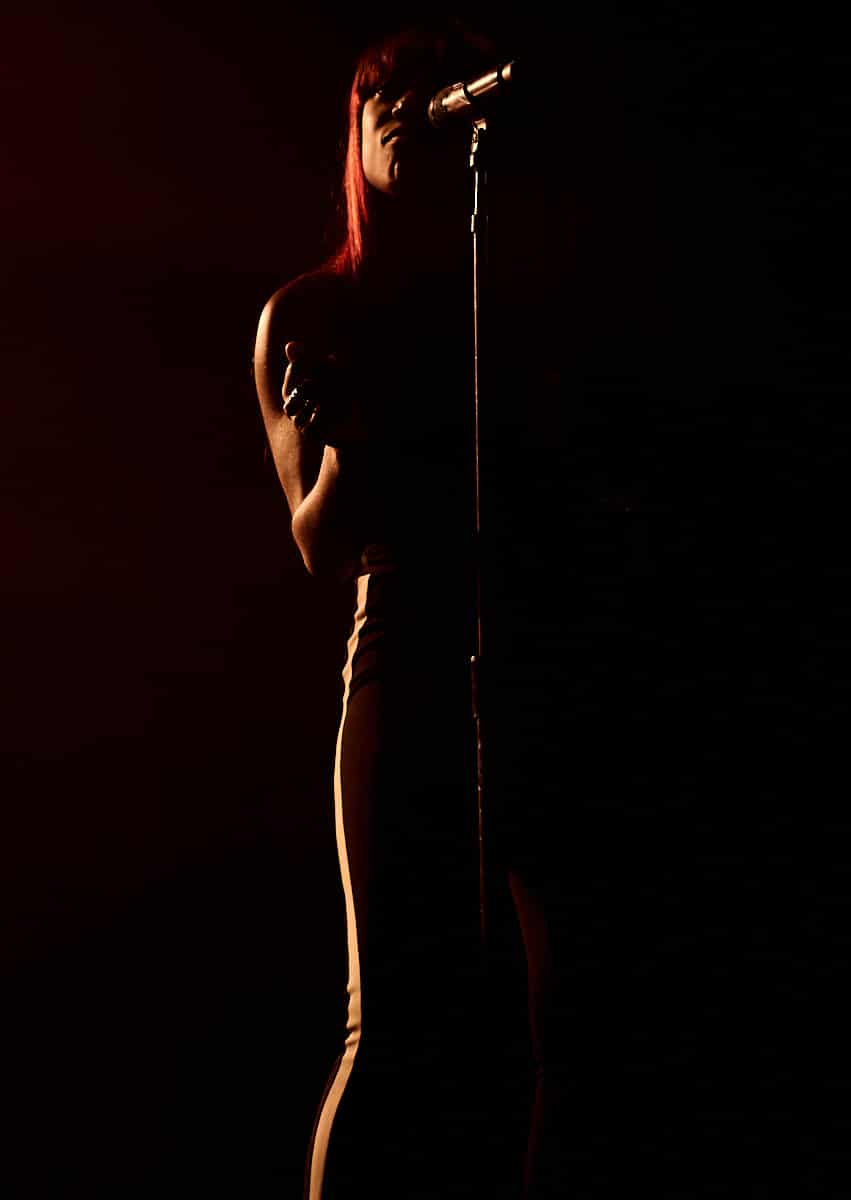
The Art of Storytelling in Photography
The definition of storytelling photography is just as simple as the term implies.
Storytelling photography is the art of telling compelling and captivating stories through pictures. It’s fairly common practice, and if you’ve ever read magazines (such as National Geographic), chances are you’ve seen storytelling photography in action.
Good photos capture the interest of the audience, but great photos capture their imagination as well, immersing them in the story that’s being told and getting them emotionally involved in the scene that’s portrayed.
Storytelling photography lets viewers experience the story at a glance and invites them to actively make their own contributions to the unfolding scene. As has been said, iconic images do not merely represent reality, they draw viewers in and galvanize their imagination into action.
“Pretty pictures without emotional or intellectual substance are great to look at, but they’re also easily forgettable”
Movies get thousands of frames to narrate a story, but as a photographer, you get a single shot or a series of photographs at most. It can feel like a tall task trying to get photos to create the same effect as full motion pictures, but it is indeed possible. Remember, all it takes to set off an explosion is one match.
By learning and mastering the elements of visual storytelling, you can create photos that tell their own stories and invite viewers to explore the magical tale staring back at them. You just need to be conscious, methodical, and deliberate about your compositions. Whether you’re taking pictures of people, pets, or landscapes, don’t forget to include emotion in your photos, because the best way to get your audience emotionally invested in your photographs is to reflect emotions in your work.
A note for Beginner Photographers
If you’re a photographer just starting out, it’s best to concentrate on the fundamentals of good photography such as composition, camera settings, and lighting. Those concepts are essential to taking visually appealing images.
However, when you’ve got the hang of those concepts, and the further you progress, you might experience a slight shift in focus from taking pictures that are merely visually stunning to pictures that arrest your audience on a deeper level, that draws them in and makes them connect to the pictures emotionally.
A good place to start learning about storytelling photography is the fundamentals of storytelling through photography, which is what we’ll be discussing next.
The Fundamentals of Storytelling in Photography
Each of these points is important to keep at the back of your mind when you’re learning about storytelling photography and even when you’re out trying to craft your amazing composition. Knowing the fundamentals of storytelling in photography will help you get it right sooner.
List of the 6 most important Fundamentals of Storytelling
- Plan Your Shots Beforehand
- Invoke Strong Emotions
- Be Original
- Aim For Variety
- Use Narrative Structures
- Decide Which Method To Use
1. Plan Your Shots Beforehand
When it comes to visual storytelling, nothing is more important than planning. Being deliberate about the scene will help order the story in your mind, which will translate to a more coherent photo that viewers will have no trouble connecting with.
You should put several things into consideration while planning your photo, including selecting a topic, adequately researching the topic, and arranging your shots to be visually appealing and diverse. To convey your message more clearly, consider including symbols in your images.
Remember that things will not always go as planned when it’s time to shoot the photos. But when you have a clear plan in your mind, you’ll be able to work through the disorder and still arrive at the story you originally intended to portray.
2. Invoke Strong Emotions
Although we’ve mentioned this earlier, it bears repeating. The best way (perhaps the only way) to get your audience to connect deeply with your image is to find a way to trigger their emotions.
Pretty pictures without emotional or intellectual substance are great to look at, but they’re also easily forgettable. On the contrary, people will remember things that have profound emotional impacts on them.
Emotion is a purely human attribute, but you don’t necessarily have to incorporate humans or human interaction in your photos to create an emotional effect. Animals, landscapes, and even abstract visuals can evoke emotional responses from your audience too.
It’s also important to ensure that your storytelling photos have underlying meaning because that’s kind of the point. So, before you pass off an image as a storytelling photo, verify that it contains layers of meaning that people can connect with.
One type of event that the elite photographers use storytelling is for creating wedding photo albums, print or online galleries. Wedding photographers can take a thousand photos in a long day. Then they must cull the album to a reasonable length and so by doing so narrate the day.
Online you can have endless wedding photos. In print you may have 20 sides of an album. That’s 20 photos with as much emotion and highlights to in a brief format tell the full story.
3. Be Original
Considering the age we find ourselves in, it seems far-fetched to imagine an aspect of creativity that hasn’t been explored yet. In other words, complete originality is either a myth or an incredibly exclusive concept.
While it’s hard to come up with something no one has ever seen before, you can still create new ways to present already explored tropes or topics.
In storytelling photography, originality is extremely important because people don’t quite react to images the same way when they see a replica of them somewhere else. To stand out from the crowd, you should aim for originality.
4. Aim For Variety
Say you’ve captured a series of landscape photos that turned out great. Naturally, you’re excited, and you want your audience or followers to appreciate your photography storytelling skills. But dumping all those pictures on your audience at once may have the opposite effect: it may make them bored.
Throwing a few curves here and there will keep them focused and challenge their imaginations. In any case, focusing on a single type of photograph is unlikely to tell the full story. Mixing things up and including abstract images, portraits, wide-angle shots, landscapes, and action shots will help you deliver a more complete photo essay.
Read More
Corporate Event Photographers Sydney – Conference, Meetings, Galas & Trade Shows
Orlando Sydney2024-04-08T16:31:43+10:00
How Many Photos Do I Get for Event Photography?
Orlando Sydney2024-03-02T18:46:19+11:00
Your Executive Image: Photography for Leaders in Sydney
Orlando Sydney2024-03-22T19:10:13+11:00
Price List for Headshots – What’s it Cost – Package Rate Options
Orlando Sydney2024-03-08T10:53:02+11:00
Standard Photo Size Guide for Event Photography & Video
Orlando Sydney2024-01-16T11:33:01+11:00
Personal Branding Photography – Headshots for Entrepreneurs in Sydney
Orlando Sydney2024-01-11T14:32:31+11:00
5. Use Narrative Structures
Movies, novels, and everything else that involves storytelling has plots and so does storytelling photography. In the same way that movies are expected to have a cohesive, chronological narrative structure, photos are too, when you want to get them to tell stories.
For your photo essays, establish a clear narrative pattern and structure from your first photograph in the series to the last. Stories are a lot more engaging when there are illustrations to back them up, so ensure that your photo essays leave an impression on your audience by properly mastering the use of narrative techniques in your photographs.
6. Decide Which Method To Use
Storytelling photographers often have to decide whether a single shot is enough to capture all the elements of a scene (including the emotions), or if it’s better to take a series of images. It’s not an easy decision to make.
Deciding what type of story you want to tell can help make the decision easier. The two options are open stories and closed stories. When you get your photos to tell open stories, you leave room for your audience to interpret the photo in their own individual ways.
The way people interpret open stories depends on their unique experiences and emotions. On the other hand, closed stories leave no room for arbitrary interpretations. They are pretty straightforward and viewers will draw similar conclusions from them.
Sometimes, single images do not reveal the complete truth, because they are parts of a larger picture. In that sense, it’s impossible to get a single photo to reveal everything. Photo series, in contrast, let your viewers see the much broader picture, helping them progress through the scenes and connect the images into a complete storyline at the end.
A triptych or polyptych gives the creative and the viewers even more context to form their version of the story. One just one photo isn’t enough to illustrate the complete story, try using a short series such as triptych or polyptych layouts.
For those who haven’t come across the triptych term before. A triptych generally consists of three artworks or photos that are closely related or have contrasting themes.
Simple Message in this ‘Fine Art Photo’
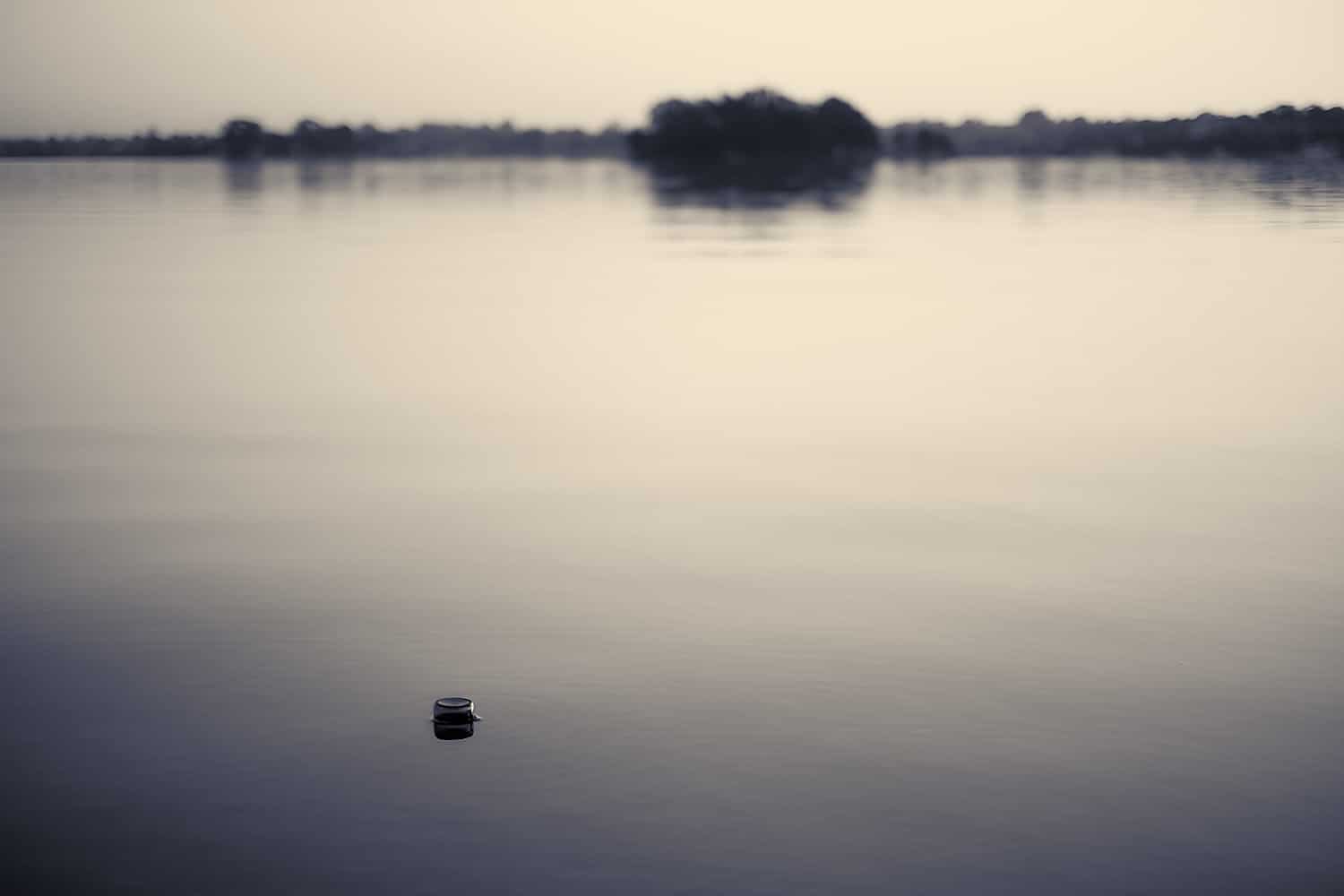
An easy to interpret photo that will evoke thought in the viewer
9 Useful Tips on How to Do Storytelling With Your Images
Having learned the fundamentals of photography storytelling, the next natural step would be to learn how to get your photos to tell stories and capture the imagination of your viewers. If this is you, here are 9 photography storytelling ideas and tips to help you on your way.
List of 9 tips on how to do Storytelling with your photos
- It’s All About The Details
- Use the Entire Frame to Your Advantage
- Don’t Overlook the Basics
- Don’t Post Everything
- Do Reduce Visual Distractions
- Pay Attention to Your Compositions
- Use Colours Creatively
- Be Open to Learning From Others
- Focus on a Single Theme
1 – It’s All About The Details
In movies, we can often make correct deductions about characters and their intentions just by taking note of things around them, things they interact with.
Those little details can give us insights as to the temperament, character, and motivation of movie characters, and the same holds true about storytelling photography.
If you want a photo to tell a story, you would need to include small details in the frame, because those details are often what tells the full story.
Compare a single portrait of a man to another photo that reveals a teenage girl cheering in the foreground while another teenage boy surfs the ocean in the background. One of these pictures is bland and unremarkable while the other tells a story, with a sense of place, you don’t need to be savant to figure out which one is which.
To create a visually stunning image that tells a story, incorporate and order a variety of elements to forge an engaging narrative. As an example considered framing, think about Fine Art Photography, simple arrangement of the main feature in the shot and maybe some small supplementary items to add the glue.
2 – Use the Entire Frame to Your Advantage
Photographers spend much of their time trying to get their subjects, lighting, equipment, and positioning just right. As a storytelling photographer, however, your concerns go beyond all of these.
In addition to taking care of the above elements, you would need to put other factors into consideration, such as shadows, surrounding details, backdrops, bright areas, and so on. In other words, you’ll need to see the bigger picture and take charge of the whole frame.
Think about the main content and the supplemental content that supports the photo’s story.
3 – Don’t Overlook the Basics
Having made the previous point, it’s important to remember that just because you are, or are trying to become, a storytelling photographer does not mean that you should abandon the basics (composition, lighting, and settings) that brought you up to this point. The fundamentals of photography whether in Natural Light or under artificial light are still relevant, and will forever remain so. While it may be the easiest thing in the world to lose touch with the basics while you pursue the art of storytelling photography, you shouldn’t go so far as to completely jettison everything you’ve learned about composition and the rest.
Rather than becoming fixated on storytelling, the perfect solution is to find a situation where you can constantly incorporate all these elements. Images that combine excellent lighting, great composition, and superb exposure with an engaging story will make the most impression on viewers.
4 – Don’t Post Everything
Again, while it may be tempting to post hundreds of images taken from similar angles and featuring the same compositions simply because they all turned out great, it’s best to avoid that temptation. When it comes to storytelling photography, less is definitely more.
Dumping a series of similar photos sequences on your audience will make them lose interest in the photos, and your story, a lot faster. So, instead of posting hundreds of photos of a single scene, post only a few of the best ones, that will usually do. Besides, it’s better to give room for your audience to use their imaginations and draw their own conclusions.
5 – Reduce Visual Distractions
Less is also more within your frame. Filling up your photo with lots of elements and information will distract your viewers and detract from the story you’re trying to narrate or the message you want to pass across. A chaotic composition deters viewers from engaging with your work rather than attracts them.
You should know that photos have just a few seconds to grab the viewers’ attention. That’s why it’s best to aim for your message to shine through within those few precious seconds.
Carrying on from what we said in the preceding tip, having fewer elements in your frame creates an opportunity for the viewer to engage their imagination and fill in the rest for themselves. It’s better to let them arrive at their conclusions than to forcefully spoon feed them.
6 – Pay Attention to Your Compositions
Drawing the viewer’s attention to the subject and crucial aspects inside your tale is the key to a successful photo story. Knowing exactly what information has to be in the frame and where to put it in the frame to guide the viewer’s eye to your subject is all part of the composition. It is required to use a variety of focal lengths. If you need to accentuate something or compress depth, use a telephoto lens, and use a wider focus if the setting or environment is important to the story.
There are numerous composition guidelines. Knowing these criteria will help you practice telling photo tales in the most effective way possible. The “Rule of Thirds” is perhaps the most widely utilized picture composition rule. Important subjects in your frame should be arranged along rule of thirds intersections or lines, according to this theory, as the human eye usually divides a scene into thirds.
7 – Use Colours Creatively
Having a solid knowledge of colour theory will help make your storytelling photographs more impactful and poignant. In our article about the role of natural light in photography, we included the complete lowdown on light colours and temperatures. That resource may be a good place to start if you’re unfamiliar with the relationship between light and colour in photography, and the types and examples of colour.
If you’re trying to project a warm feeling through your photos, it’s a smart idea to use warm colours or colours that are close to the red on the colour spectrum. Cool colours or colours that are close to blue on the colour spectrum give off calm vibes, adequate for calm contexts.
8 – Be Open to Learning From Others
Photographers need to grow and evolve constantly. As a storytelling photographer, it’s important for you to cultivate the habit of consciously seeking out opportunities to improve your craft. These opportunities can manifest in various forms, with the most common being from the works of other artists and photographers.
Don’t hesitate to give and receive constructive criticism wherever and whenever you can. Checking out the works of your peers can open up your mind to several opportunities which you may then explore.
9 – Focus on a Single Theme
Expanding on the other tip that advised against visual distractions, overloading your composition with a lot of different themes isn’t the way to go at all. When there are too many themes in your storytelling photograph it becomes confusing and difficult for your viewer to focus on a single message or story.
Instead of including too many motifs in your photograph, focus on a single theme. This will give your audience the opportunity to commit all their attention towards that direction and help them engage better with the story.
Blurring the background is a great way to get your audience focused on the part of the photo that you want to highlight while simultaneously creating dramatic and aesthetic effect.
What’s the story behind this photo?
Good storytelling photos will make you stop and think.
Does this creative photo make you thinking? What’s your first impression?
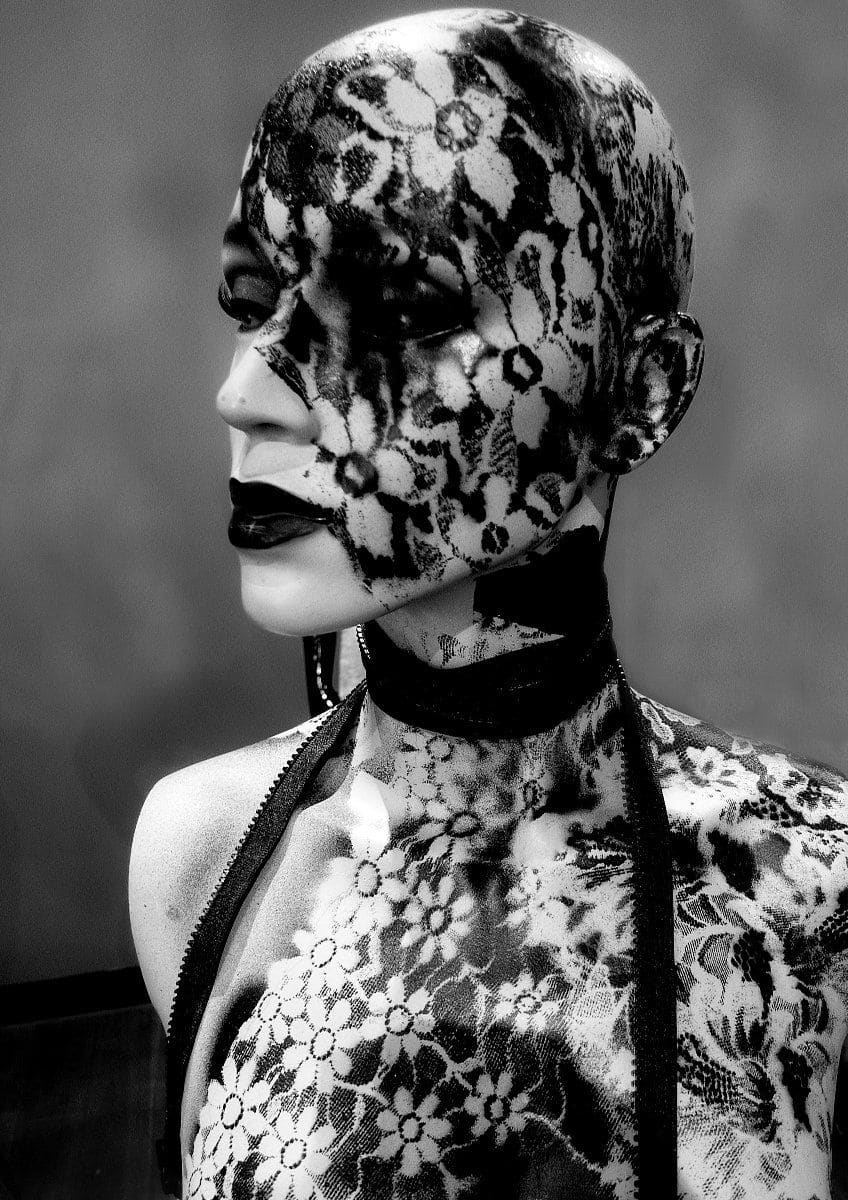
Event Photography Storytelling
Events provide the perfect opportunity to tell stories within the main story. All types of events such as weddings, Networking Events, Industry Summits, Corporate Parties and sporting events. All have the main theme and many moments to capture side stories.
Wedding Story Examples
If you’ve either been to a large wedding or photographed one you will have noticed how the bridesmaids huddle together, help each other with clothing, accessories and importantly support at this very emotional day. These are examples of a story within a story.
At weddings kids run around creating their own adventures. Sometimes these single photos capturing a single theme within the main narrative provides a wonderful look at the lives and experiences of people at a moment in time. The kids will grow up looking at these photos and with part imagination come up with their own narrative of the time. Think of them as episodes of a series.
Corporate Event Photography
In corporate events the same opportunity can present themselves. The Managing director meeting with a State Minister for example. This single picture will be shared the most in press releases and a single photo will say a lot to the people interested in the company or politics.
As an example, the Prime Minister of Australia meeting with the President of the United States Joe Biden. One photo tells many stories when they meet face to face.
We also often see a single photo of a celebrity at an event and there’s a full write up in an article dissecting every last minute detail.
Events are a treasure in finding single photos that can be used to create an impression on the viewer that does not need numerous photos or video to provoke deep thought or evoke an emotion.
Many stories can be told about this photo of a stage performance
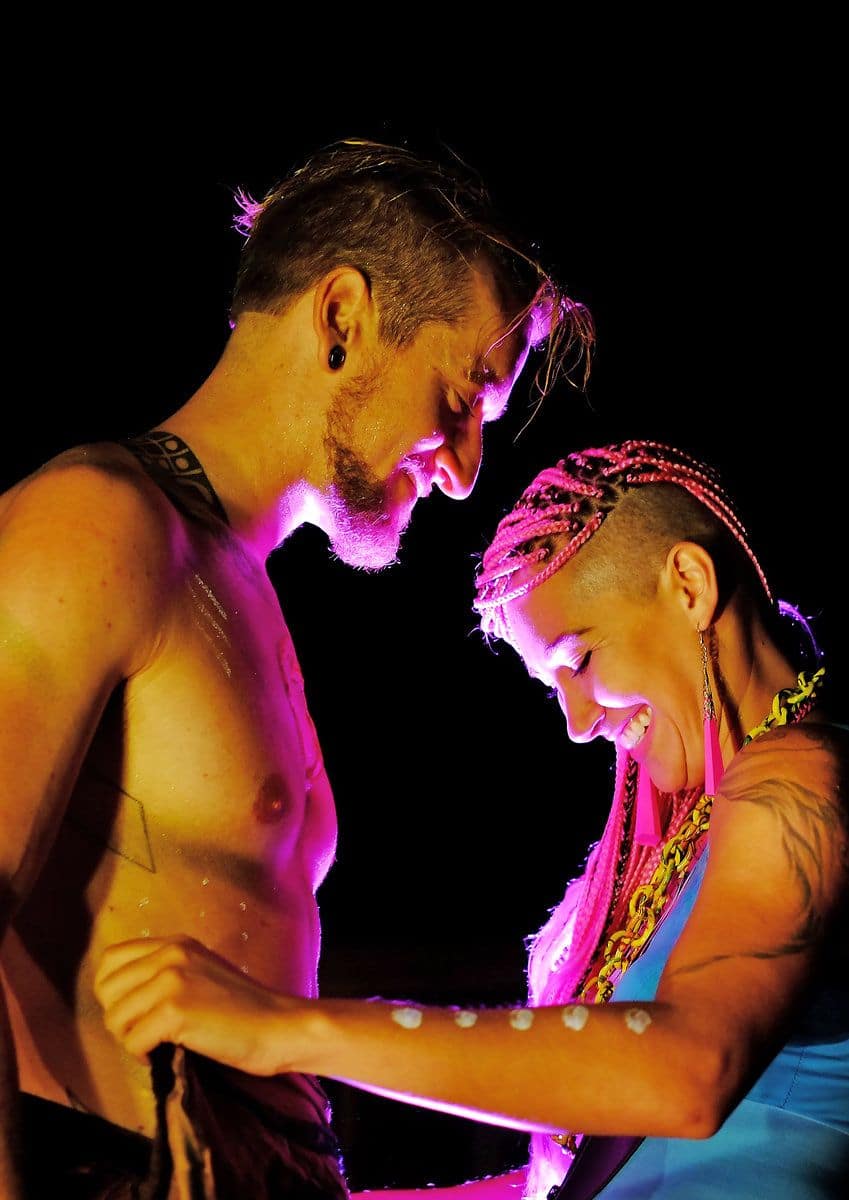
The real story isn’t as important as your interpretation of the story
Step-by-step Guide, Craft A Compelling Storytelling Photograph
Here, we’ll take all that we’ve learned so far about photography storytelling and lay them out in simple, actionable steps. These steps are practical, so they’re made for you to practice with them.
1. Make a Plan
Before you head out with your camera, you need to have a solid idea of what visual story you want to create and this involves answering a few questions. First and foremost, who’s going to be in your story?
Remember, the “who” does not have to be human beings. Next, understand what is happening, where it is happening, and when it is happening.
Finally, knowing why it is happening can also help your viewers understand the same thing too.
2. Prepare A Story Structure
If you’re shooting a photo series, you need to organize your photos in a coherent structure so that it tells a story in much the same way that movies do.
Since narrative is an important element of stories, and your aim is to get your photos to tell a story, it’s necessary to incorporate narrative into your photography storytelling. Coherent narrative (or plot) is broadly divided into introduction, main plot, and conclusion, and this is how you should structure your photographic story too.
Remember that it’s more impactful to use only a few of your best shots to create a logical progression of events rather than providing hundreds of shots of the same scene.
3. Think About Context
Context refers to how the images relate to each other and it provides the framework of the story and guides how the story is viewed and understood. When you’re creating your photography story, you should already have a solid idea of the context to frame it within, so that your photos do not come off as a series of unrelated photos.
While providing textual context at the beginning of the visual story is an option, it’s even better to make sure that your photos are enough to tell their own story.
4. Framing is Key
You can confuse your viewers by stuffing too many details into a photograph. To avoid this, frame your story into a sequence of events.
If you were planning to take a single shot, examine your scene and determine whether breaking it down into a photo series would be a better option. If you decide on the latter, shoot several specific shots that relate to each other and tell your story that way.
Final Words
Storytelling with photography is a way of taking and presenting photos that viewers can admire and connect with at the same time. Instead of receiving dispassionate appraisals, storytelling photography aims to trigger the emotion of the audience and make them want to explore the world weaved by the photograph.
If you’ve mastered the fundamentals of photography as a photographer, and can create visually appealing compositions, you may want to take the next step and learn how to make your photographs emotionally stimulating as well.
Reread this article a couple of times to absorb all the main objectives.
As we keep saying, however, don’t let anything take the place of constant practice. It’s one of the surest ways to improve your skills as a photographer.


